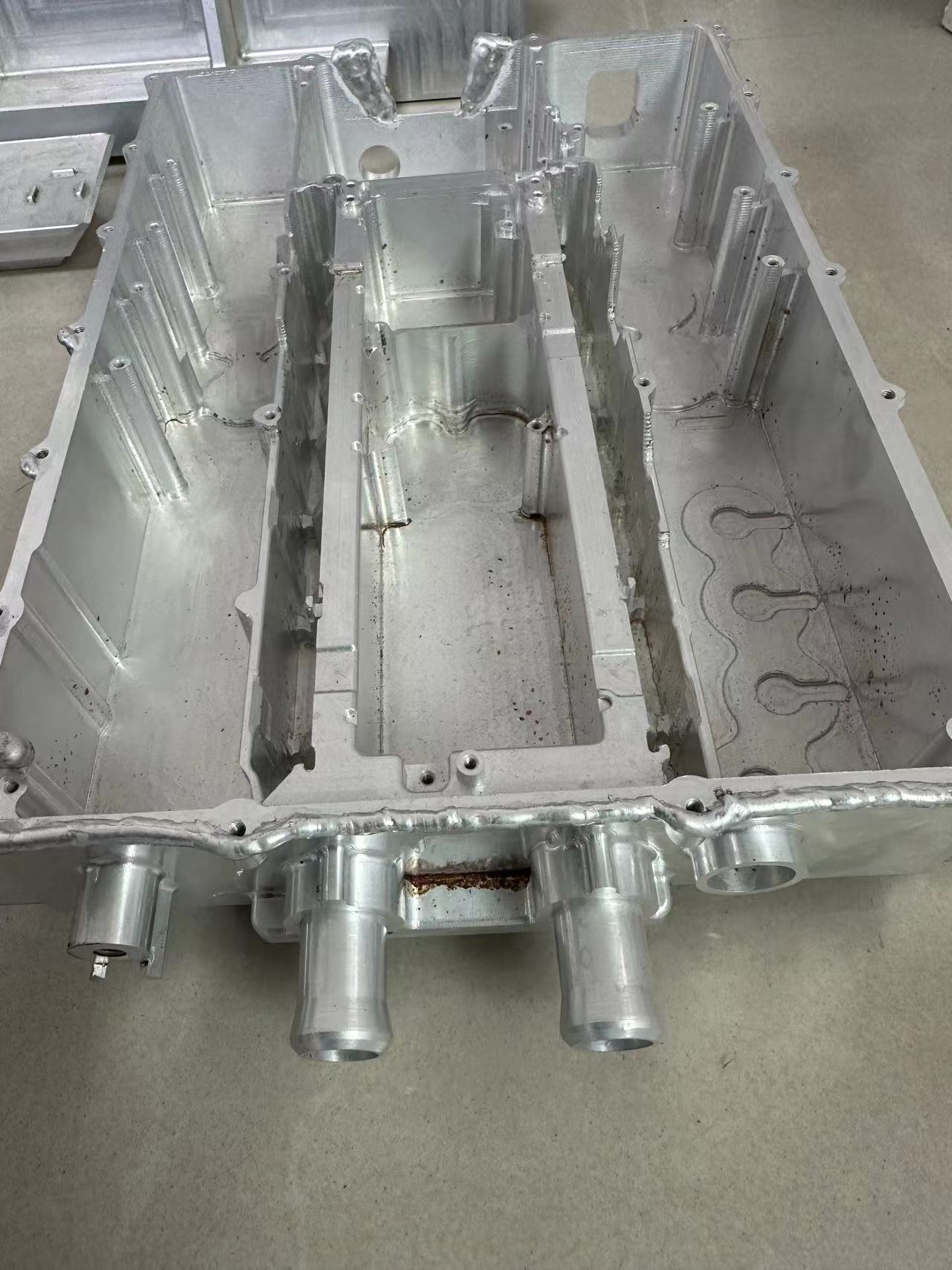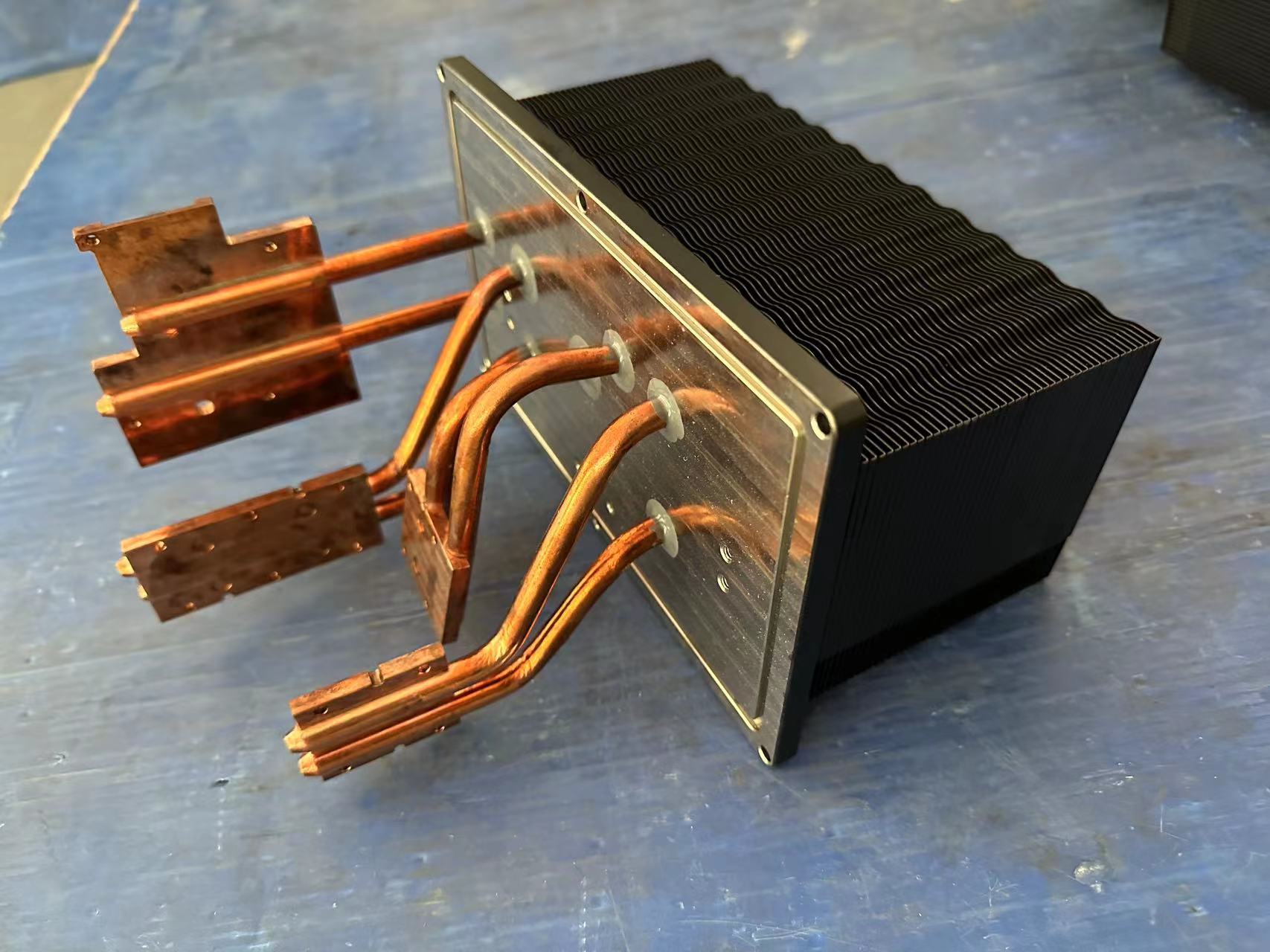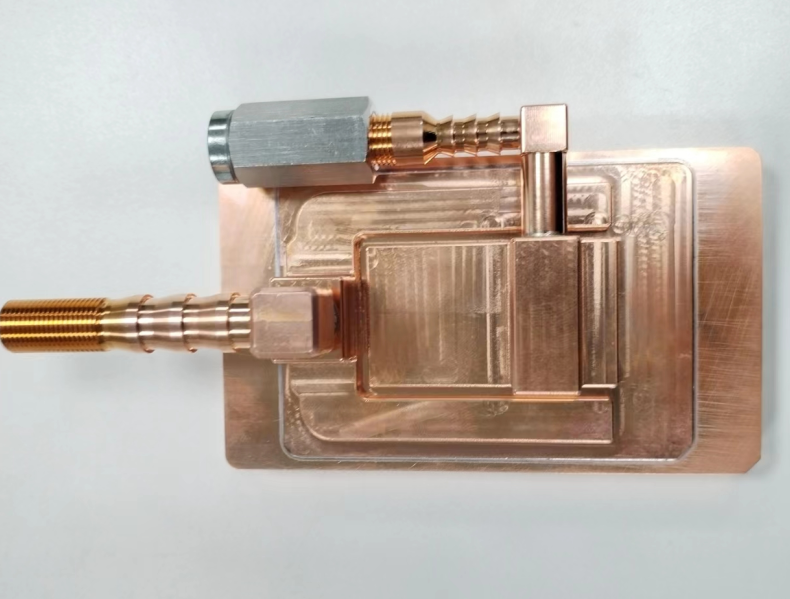In today’s high-performance electrical and technological applications, effective thermal management is crucial. Kenfa Tech Industrial Limited, a national high-tech enterprise with extensive experience in heat sink production, recognizes the importance of cooling solutions. Among their offerings, liquid cold plates stand out as a compact and highly efficient method for dissipating heat. This article will delve into the working principles of liquid cold plates and their significance in thermal management.

Understanding Cold Plates
Cold plates are primarily composed of metal and feature machined flow paths that allow a heat-transfer fluid, typically a liquid coolant, to circulate. These plates serve as heat sinks, absorbing electrical waste heat and dissipating it through the flow paths via liquid cooling. The flow paths within the cold plates can be designed in various shapes and sizes, optimizing their heat absorption and transfer capabilities. The efficiency of a cold plate’s heat transfer coefficient is influenced by factors such as the available surface area in the flow paths, the chosen liquid coolant, the flow rate of the coolant, and the material composition of the cold plate itself.
Custom-Designed Cold Plates by Kenfa Tech
Kenfa Tech Industrial Limited specializes in developing custom thermal management solutions, surpassing performance expectations for their clients. Alongside their expertise in air-to-air and air-to-water heat exchangers, they excel in designing and manufacturing customized cold plates with enhanced heat conductivity. Through meticulous analysis and evaluation, Kenfa Tech ensures that their cold plate solutions are tailored to meet the specific requirements of each application. Clients are often pleasantly surprised to discover that Kenfa Tech’s designs not only improve upon their existing concepts but also offer increased efficiency and cost-saving benefits.
Working Principles of Liquid Cold Plates
Liquid cold plates operate based on the principles of liquid cooling, facilitating efficient heat transfer and dissipation. The workflow can be summarized as follows:
1. Heat Absorption: The liquid coolant enters the cold plate and flows through the intricate network of flow paths machined into the metal plate. As it travels along these paths, the coolant makes direct contact with the heat-generating components, absorbing their thermal energy.
2. Heat Transfer: With the absorbed heat energy, the liquid coolant undergoes a phase change or experiences a temperature rise. This process effectively transfers the heat from the hot components to the liquid coolant.
3. Heat Dissipation: The heated liquid coolant exits the flow paths, carrying the accumulated thermal energy away from the heat source. The coolant then flows towards an external heat exchanger or radiator, where it releases the heat into the surrounding environment, thereby cooling down.
4. Coolant Replenishment: Once the coolant has dissipated the absorbed heat, it undergoes a cooling process, either passively or actively, to reduce its temperature. It is then recirculated back into the cold plate to repeat the cycle and continue the cooling process.

Advantages of Liquid Cold Plates
Liquid cold plates offer several advantages in comparison to other cooling methods, making them an excellent choice for high-performance applications:
• Enhanced Heat Transfer: The direct contact between the liquid coolant and heat-generating components allows for efficient heat transfer, effectively cooling the system.
• Compact Design: Cold plates have a compact form factor, making them ideal for applications with limited space.
• Customizability: The flow paths within the cold plate can be tailored to match the specific needs of the application, optimizing heat absorption and dissipation.
• High Thermal Conductivity: Metal materials used in cold plates, combined with liquid cooling, provide high thermal conductivity, facilitating rapid heat dissipation.
• System-Level Cooling: Liquid cold plates can be integrated into larger cooling systems, enabling comprehensive thermal management solutions for entire electronic systems.
Conclusion
In the realm of thermal management, liquid cold plates have emerged as a highly efficient solution for cooling high-performance electrical and technological applications. Kenfa Tech Industrial Limited, with its extensive experience in heat sink production, understands the importance of custom-designed cold plate solutions. By utilizing the principles of liquid cooling, cold plates effectively absorb and dissipate heat, ensuring optimal system performance.





